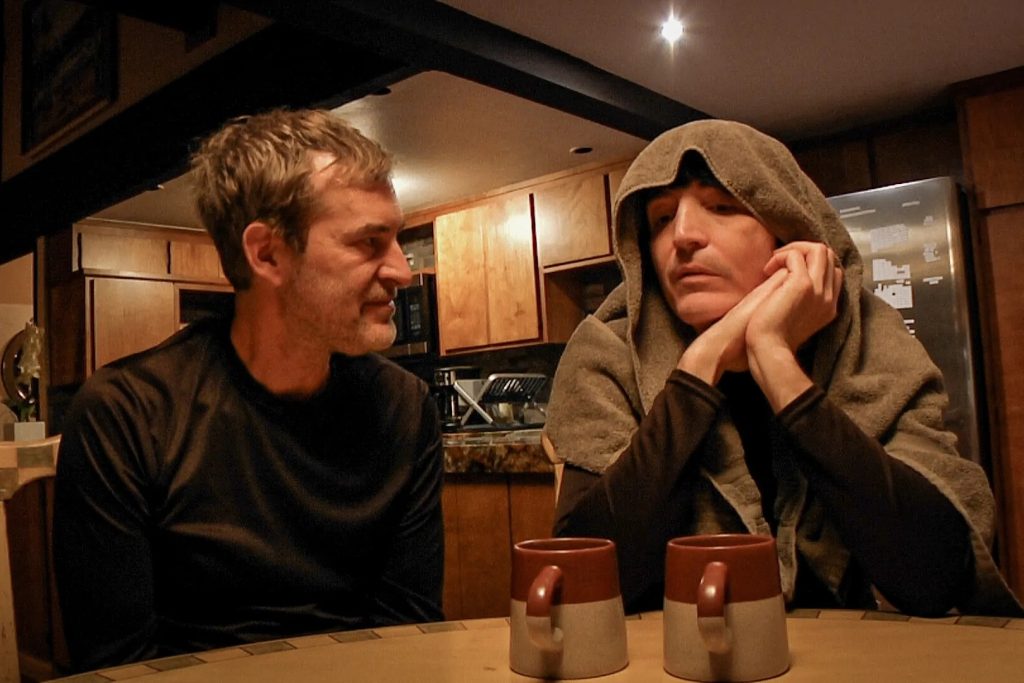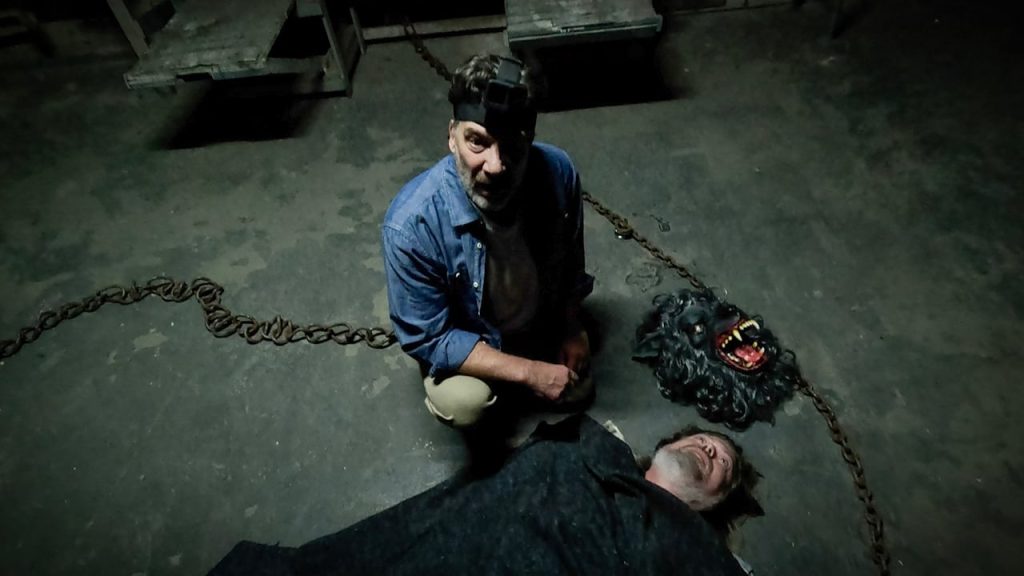TV
The Four Titans: The Boulet Brothers’ Dragula S4 Ep10 “Grand Finale” Recap

The finale of this generation’s Grand Guignol is upon us! We open on the four titans pensively wandering around Los Angeles to the tune of Alicia Goodwyn’s “Flashes of You.” In an uncharacteristically hopeful moment, Saint, Sigourney, Dhali, and Hoso are stripped down to their most human forms. Will their accomplishments thus far, and their plans for the finale, lead them to the sanguine crown? That’s for the Boulets to decide.
The Challenge: The number of finalists may have changed, but the Battle for the Crown remains the same. Each shall prepare distinct floor shows based on the three tenants of The Boulet Brothers’ Dragula – Horror, Filth, and Glamour – and perform a lip-sync to Austra’s “Change the Paradigm” during Glamour. Before they take the stage, the monsters must spill their guts during a visit to the Boulets’ podcast “Creatures of the Night.” We see the Boulets in the Twin Peaks boudoir ready to interview their Uglies for the first time. Saint joins first, and emphatically states she is not Saint 2.0, but Saint Perfected, and will turn it out during the lip sync; let’s hope so. Next up, Sigourney discusses the struggles of being an AFAB queen and hopes her life experience will snatch the crown and bring attention to others like herself. She insists she will still bring her glamour to the other categories, but at what cost? Dahli follows and reflects on their borderline self-extermination from Season 2 and rising from the ashes. Every artform evolves, she says, and should not be bound by limitations. Last but not least, Hoso resolves to inspire international and Asian ghouls, as she is now an iconic face of the franchise. Her recent journey through chemotherapy has pushed her to defy the odds.
The Drama: Despite disagreement at the Last Supper, the foursome enter the boudoir on good terms. Hoso is proud, stating they all deserve the crown. In the spirit of things, Dhali shows a moment of vulnerability and repentance. They have felt worthless for years due to past mistakes, but arriving at the finale gives a glimmer of blood-stained hope.
Glamour: Without further ado, the Boulets appear onstage via a flashy laser show, and the grand finale begins! Sigourney stuns and slays the lip-sync in her usual silhouette, blood-splattered in the vein of a toned-down Carrie; has she set the glamour bar too high for her own good? Dhali serves their version of glamour in a gender-bending ringmaster lewk, and perhaps out lip-syncs Sigourney. Hoso displays range in understated, yet richly saturated traditional Korean glamour. Meanwhile, dripping in sequins and blood spatter, Saint outshines her glamorous hair with an overstated dress.
Horror: In what the Boulets feel is her strongest look, Sigourney transforms into a mad science seductress. She guzzles some potions, and her face comes undone, oozing and peeling in an exhibition of comedy and restraint. Blasphemy personified; Dhali struts the stage as an undead bishop in an unfortunately uninspired performance. Hoso Terra Toma lives up to her name and gives new meaning to the term “fivehead” – sporting five heads on her shoulders – in a bloody hospital gown moment. She is high-performance art, showcasing her pain from chemo in a powerful moment the Boulet’s wish was grosser and more fashionable. Lastly, Saint is a quintessential childhood nightmare as the tooth fairy who leaves gore, rather than coin, under your pillow.
Filth: Sigourney transitions from face-melting to pustule-popping in a nightgown befitting glamour rather than filth. Dhali astonishes in the Boulets’ favorite performance of the night, providing a voyeuristic window into a scene of autoerotic asphyxiation that speaks to our morbid curiosity as a society. Pushing herself to the limit, Hoso shocks “like a dagger in the heart” with an irreverent and disturbing commentary on how the western world views Asians – especially post-covid. And Saint, as a 1950’s housewife, takes cleaning out the litterbox to the next level by ingesting its contents in a nauseating display.
Crowning: Who will claim the title of the next drag supermonster? Sigourney, the beauty pageant killer queen; the morbidly fabulous Dahli; sophisticated and talented Saint; or Hoso, the incredibly monstrous storyteller? The four titans gather and await an unholy coronation. After an arduous, years-long journey from Season 2, Dahli is CROWNED. Drenched in blood, they cackle their way to the underworld, and it cuts to black.
Quote of the Episode: “We now anoint you with the blessing of filth, the freedom of drag, the power of glamour, and the terror of horror…” -Swanthula
Honorable Mention: Saint’s tooth fairy was out of a Guillermo Del Toro film and one of the night’s best.
Rating: Season 4 culminated in a breathtaking display of Horror, Filth, and Glamour. Thank you for a fascinating descent into hell. (9/10 Shudder Subscriptions)
TV
Brooklyn Horror Film Festival 2025: The Creep Tapes Season 2
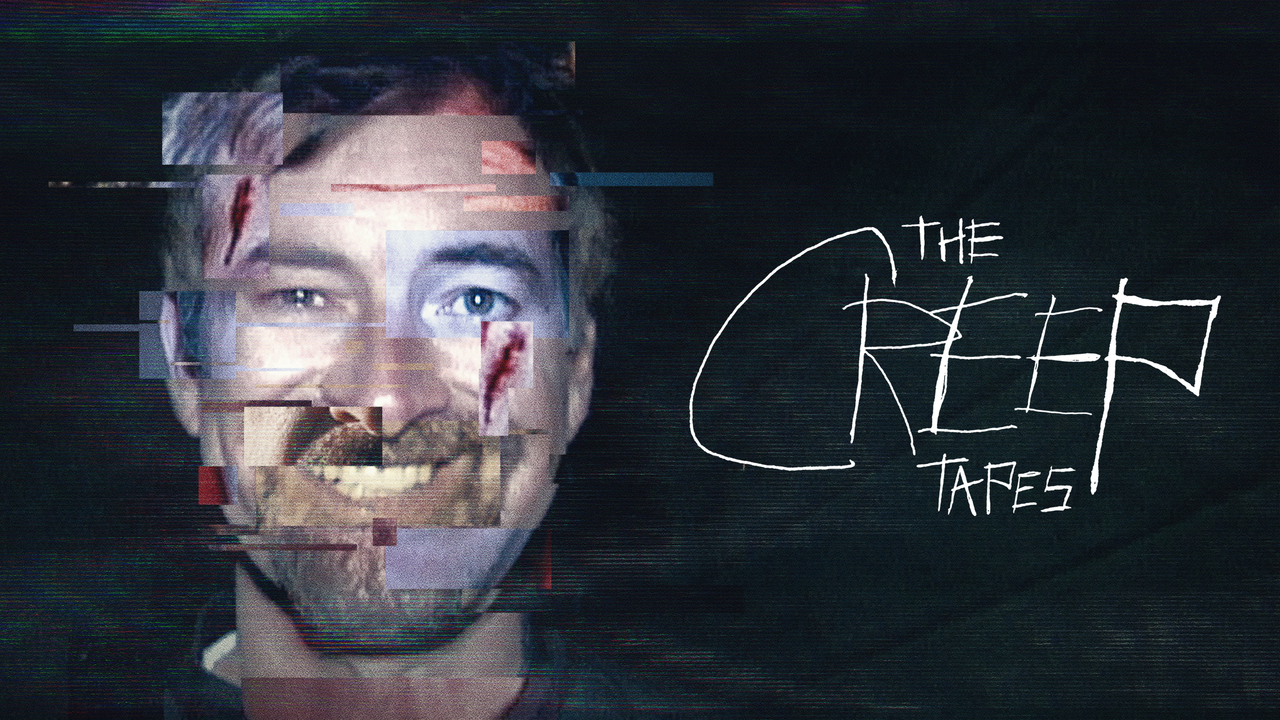
In 2014, Mark Duplass and Patrick Brice created magic with their mumblegore-adjacent found footage epic Creep. Three years later, this dreamy duo brought us the second installment of their creepy killer. Seven years would pass until Josef (Mark Duplass) would creep back into our daily lives with six truly terrifying episodes of The Creep Tapes. It would only be a short time until a second season of The Creep Tapes was announced…and even less time for a third season! The best experience I had at the Brooklyn Horror Film Festival was seeing the first three episodes of The Creep Tapes Season 2.
The Creep Tapes Season 2 Creeps Back Into the Spotlight
The Creep Tapes Season 1 was fairly straightforward throughout. It was a fantastic season (that I loved), but the majority of it was more of the same. Josef finds a victim (through various means), plays nice (and weird), goes after victim, and death. The season finale, “Mom (and Albert)”, was the first time we really got some (what seems to be) true background into Josef. From personal conversations, that episode was hit or miss. (I loved it, the dude hung dong!)
Upon hearing the news of Seasons 2 and 3, I was left wondering, will we get more background, OR will it just dive into Josef’s maniacal madness? While the first three episodes of Season 2 don’t do much to give us too much information about Josef’s background, it does up the ante considerably. Season 2 makes clear that Mark Duplass and Patrick Brice have grandiose ideas that they’re only scratching the surface of.
The Creep Tapes: S2 E1 “Joseph”
Imitation is the sincerest form of flattery, but what happens when the imitation is just… wrong? Josef finds himself in the sights of Joseph (David Dastmalchian), who is looking for a videographer to film a video for his unborn son, as Joseph has been diagnosed with cancer. Sound familiar?
How can someone possibly replicate the insane scenario Josef concocted in Creep? It can’t just be a coincidence—and it’s not. We come to learn that Josef has been doing something with his tapes (and films) that allows Joseph to view his work. Unfortunately for Joseph, the wrong man answered his ad.
This piece of information is crucial for understanding who (and what) Josef is. At points, he seems mentally ill, misguided, a man who just gets too damn lucky sometimes. The information gleaned reveals a much more careless, while still sophisticated, man who believes he’s creating art (of sorts). What’s the purpose of creating chaos in the modern age of technology if you can’t share it with other degenerates?
The “flip of the script” in Season 2 Episode 1 “Joseph” is a heart-racing 20-ish minutes of anticipation. I didn’t separate my butt from the edge of my seat until the credits rolled. But it’s with the casting of Joseph that the true magic of the Season 2 premiere excels. Who else can outmaniac a maniac? Of course, it has to be David Dastmalchian.
The Creep Tapes: S2 E2 “Mark”
Mark (Robert Longstreet) wakes up in a concrete room, his leg chained to the ground. A TV sits atop a table. An empty tub sits across the room. Someone lies still underneath a blanket, with a chain coming out of the bottom. And Josef accompanies Mark, leg chains and all. What could go wrong?
One of the most interesting things about Josef as a character is his ability to showcase his flaws, something that is extremely apparent in Season 2, Episodes 2 and 3. Nearly everything that can go wrong for Josef goes wrong. The reason it goes wrong is because of a simple oversight on Josef’s part. And it’s kind of heartening to see. Nearly every time we see Josef in action, he has a general grasp of his overall plan. He knows, more or less, how his targets will react, and his incredible improv skills allow him to course correct when necessary.
“Mark” just goes off the rails in ways Josef could never imagine.
Season 2, Episode 2 is Duplass and Brice’s nod at the Saw franchise. And, if anything other than a few laughs, solidifies the intense planning and expertise that goes into a John Kramer game. One simple oversight can cause a highly crafted plan to fall apart at the seams. To boot, “Mark” is one of the funniest pieces of horror media I have ever seen. It begs the question, what if an absolute dufus was put in a Saw film?
And don’t worry, bloodhounds, there’s gore aplenty!
The Creep Tapes: S2 E3 “Wes”
Wes (Diego Josef) finds himself taking a job to help Josef film a house-flipping show’s pilot episode. But night descends, and Wes realizes that they’re in the middle of nowhere. Wes’s attempted escape from Josef leads to an unfortunate run-in with law enforcement. Oh boy, how will he get out of this one?!
Even the greatest of franchises will bottom out at some point. Much of what we’ve seen Josef do involves a certain amount of suspension of disbelief. HOW is there not at least a Reddit thread about filmmakers/videographers who have gone missing after answering Craigslist ads? There is no way a 20/20 wouldn’t have been made about these killings if they were real. I mean, just look at how many tapes we see in the opening. Josef is talented at what he does, but everyone slips up eventually.
“Wes” brought me to a point where I was unable to suspend my disbelief. When AMERICAN police see someone moving a potentially dead body and don’t immediately cuff and detain them, you’re asking a bit too much. The crux of this episode revolves around a repeated word: “professionalism.” I get that it’s supposed to shine a light on how unprofessional the police are in this scenario, but it’s a step too far.
What I will say is that it’s a fun angle to take. We’re watching this killer that we’ve seen commit nearly 10 murders, and there are more we haven’t, interact face to face with the police. How will he get out of this sticky situation? I just don’t believe the way it is handled is grounded in a reality that would ever make sense. The chemistry between Wes and Josef, though, is some of the best in the entire franchise. They play off of each other incredibly well, and it makes you wish “Wes” were a feature-length film character instead of an episode character.
A Bold New Chapter for The Creep Tapes
Overall, the first three episodes of The Creep Tapes Season 2 were an overall blast. Even with the issues I had throughout “Wes”, I was entertained the entire time. “Joseph” and “Mark” are contenders for the best episodes of the entire series (and maybe even best entries in the entire franchise). I love seeing Mark Duplass and Patrick Brice spreading their wings to take Josef in different directions. They find ways to keep the product feeling original while still paying direct homage to horror properties beloved by the masses. If these are the first three episodes of Season 2, I think we’re in for a real treat with the final three.
The Creep Tapes Season 2 premieres November 14 on Shudder and AMC+.
TV
Is ‘It: Welcome to Derry’ Worth the Watch?
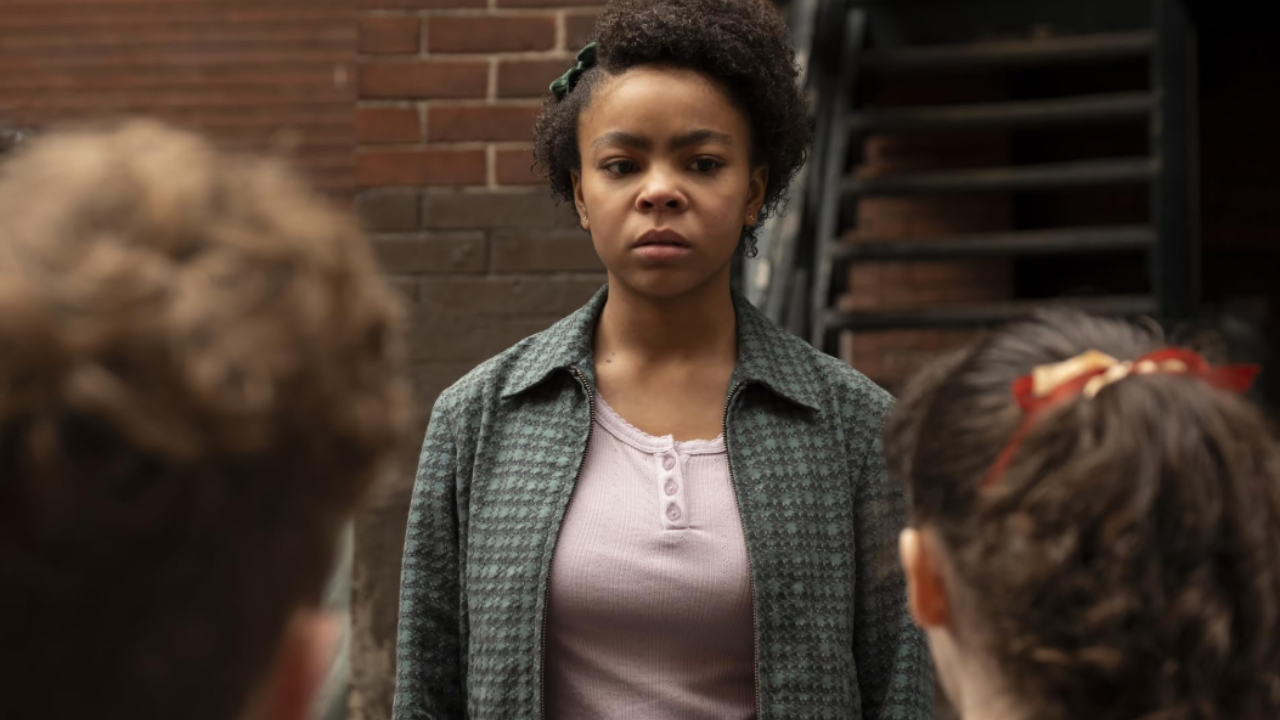
I loved It (2017) and politely refuse to talk about It Chapter Two. So, I have been impatiently waiting for It: Welcome to Derry to drop. I leaned in as soon as it was announced that Andy Muschietti, Barbara Muschietti, and Jason Fuchs were developing the prequel series for HBO Max. So, while I was denied screeners at the eleventh hour, I still tuned in Sunday night to see if it would live up to the hype. I found myself overall pleasantly surprised, despite having a couple of questions, comments, and concerns.
What’s Going On In Derry?
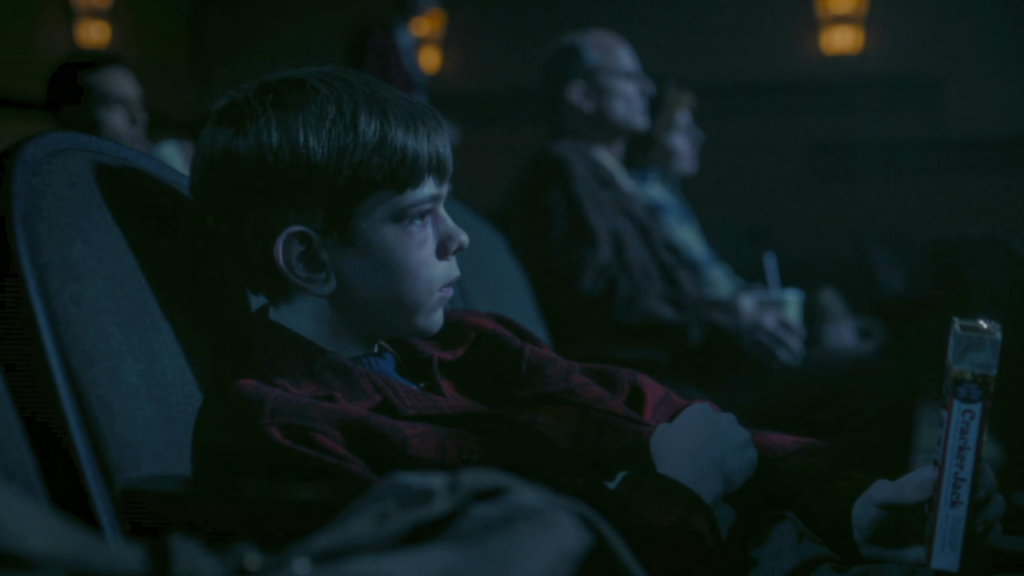
‘The Pilot’ takes place in 1962. We meet Matt Clements (Miles Ekhardt), a kid with a pacifier habit who loves to sneak into movies. He is caught in a showing of The Music Man and has to leave the venue. He makes the mistake of hitchhiking with a family that turns out to be the last time he is seen. The demonic car ride sets us up to know that kids are in danger in this series, and Matty is clearly not our lead.
Matty’s friends Teddy Uris (Mikkal Karim-Fidler) and Phil Malkin (Jack Molloy Legault) are still reeling from his disappearance. Teddy seems to be taking it the worst as everyone in town refuses to talk to him about it. Another kid taking this disappearance hard is Lilly Bainbridge (Clara Stack), who was on the brink of a possible friendship with Matt. She also has her own baggage, so when Matt’s voice and fingers make their way into her drain, she connects with his friends.
This leads them to form a kid gang to investigate, which includes Susie (Hunter Storm Baker) and Ronnie Grogan (Amanda Christie). As an audience, you assume this will be our core group. However, you know what they say about assuming and It: Welcome to Derry makes a bloody ass out of you and me. The ending is shocking, and the reason I will be tuning into the second episode.
Who’s Who?
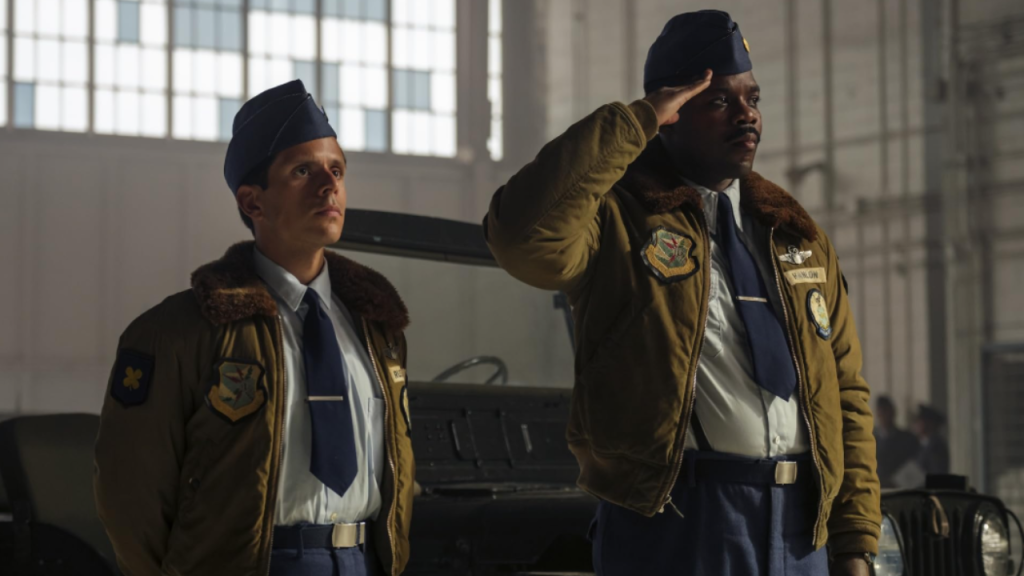
While we know Bill Skarsgård will be reprising the role of Pennywise, we do not see him in the first episode. Which is smart because you have to leave the audience wanting more. However, we do meet Leroy Hanlon (Jovan Adepo), who is the grandfather of Mike Hanlon. So, that’s a huge connection to The Loser’s Club we all know from the book and films. He’s experiencing racism at a military base and is ambushed by a weird group that he and his friend fend off. His story was sort of sidelined, so I’m waiting to see how it fully intertwines with what the kids got into. It’s still early yet, and whatever we think we know might not be the gospel. However, his wife Charlotte Hanlon (Taylour Paige) will also be getting screen time. I’m happy to see this because most King adaptations become overwhelmingly white cast affairs.
Speaking of Black characters from the Stephen King Universe getting more to do, young Dick Hallorann (Chris Chalk) will be involved in the story in some way. Constant Readers will remember Dick from The Shining. He was the Black character who also had “the shine’ and saved Danny and Wendy from the Overlook Hotel. In my least favorite adaptation, he is played by the late and great Scatman Crothers. Stanley Kubrick decided to axe the Black psychic character and perpetuate a trope with his version of King’s tale. A choice I still side-eye, and why I love to see this character in other iterations of the tale. So, I am very excited to see how he will fit into It: Welcome to Derry.
Am I Feeling It: Welcome to Derry?
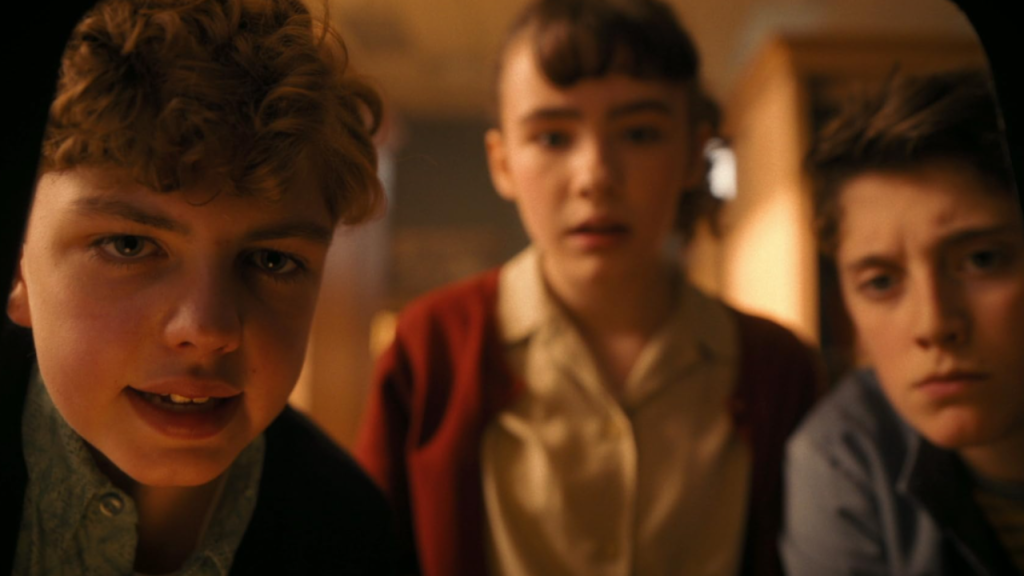
As a former Constant Reader and a lover of horror television, I’m an easy target for this show. While I think the pilot had a couple of things that don’t quite make sense (yet), I’m still leaning in. I am here for the vicious way children are dispatched, the surprising deaths, and for the expansion of one Stephen King’s most iconic baddies. So, I have a date with It: Welcome to Derry this weekend. I want to see where it goes now that most of the cast we were introduced to is dead. I also want to see Pennywise on the small screen to see if Skarsgård can creep us out again. More importantly, it is a fun and intriguing story, and that goes a long way with me.
It’s too soon to say if It: Welcome to Derry will be one of the best shows of the year. However, I have hope that it’s ramping up to be a good time. If it avoids falling into fan service territory and tightens up some of the story, this could be a damn good time. There is so much potential in this pilot. I cannot help rooting for it to find its footing and surprise us all. Sadly, hope is a dangerous thing, so I am so nervous it could be another fumble down the line. All I know is I plan to show up for the next two episodes and see where this all goes.
Watch the ‘It: Welcome to Derry’ Trailer



